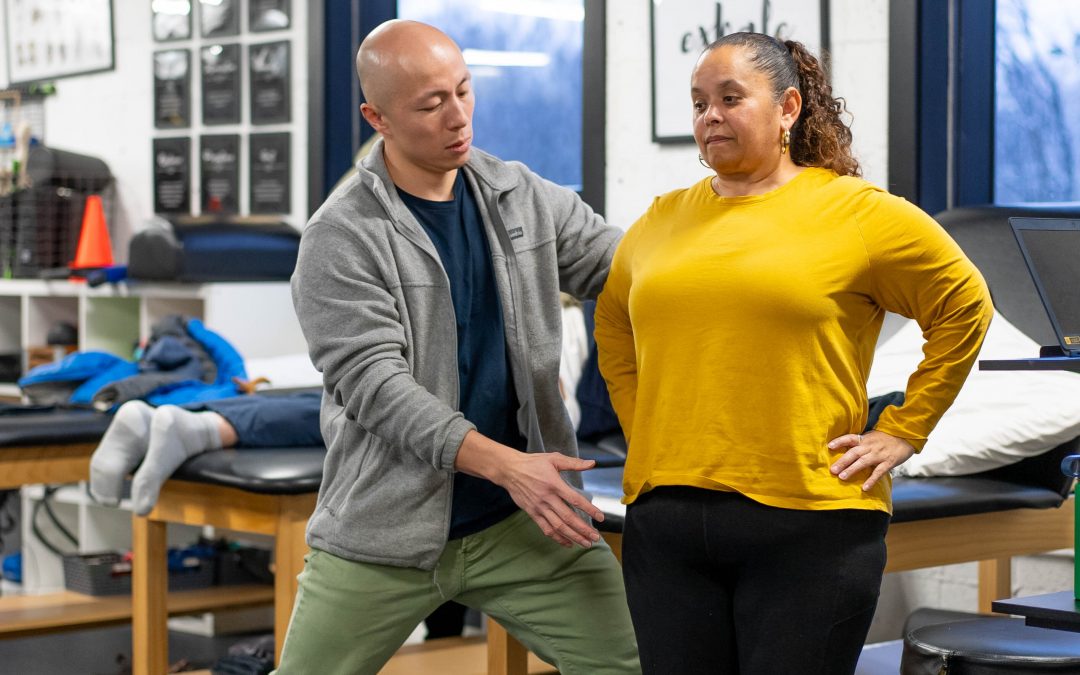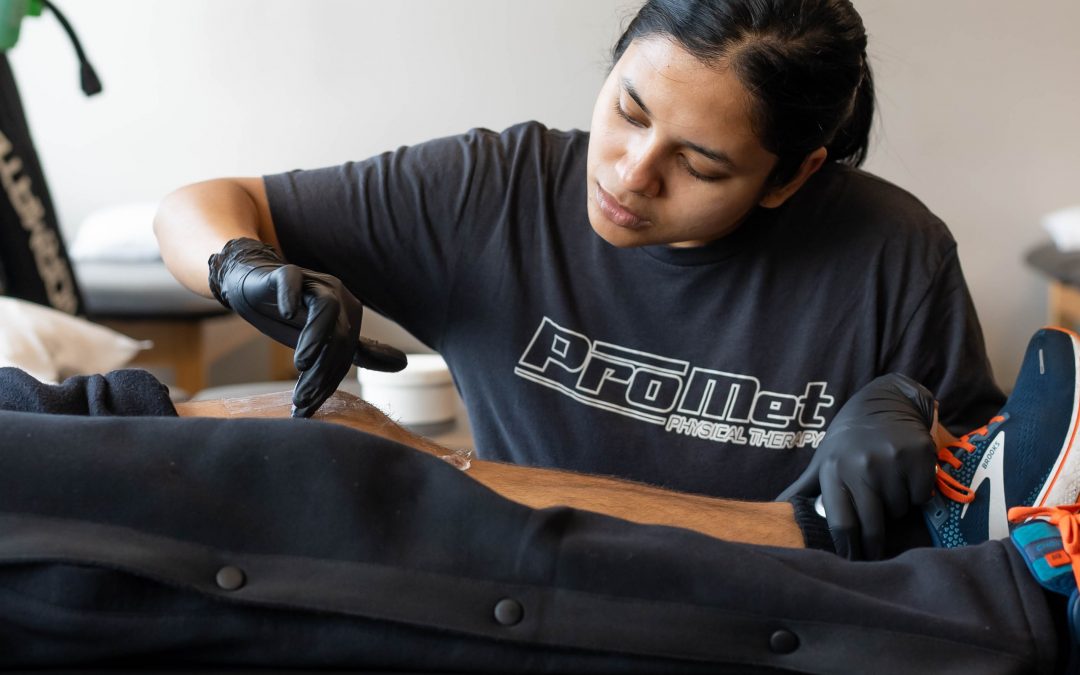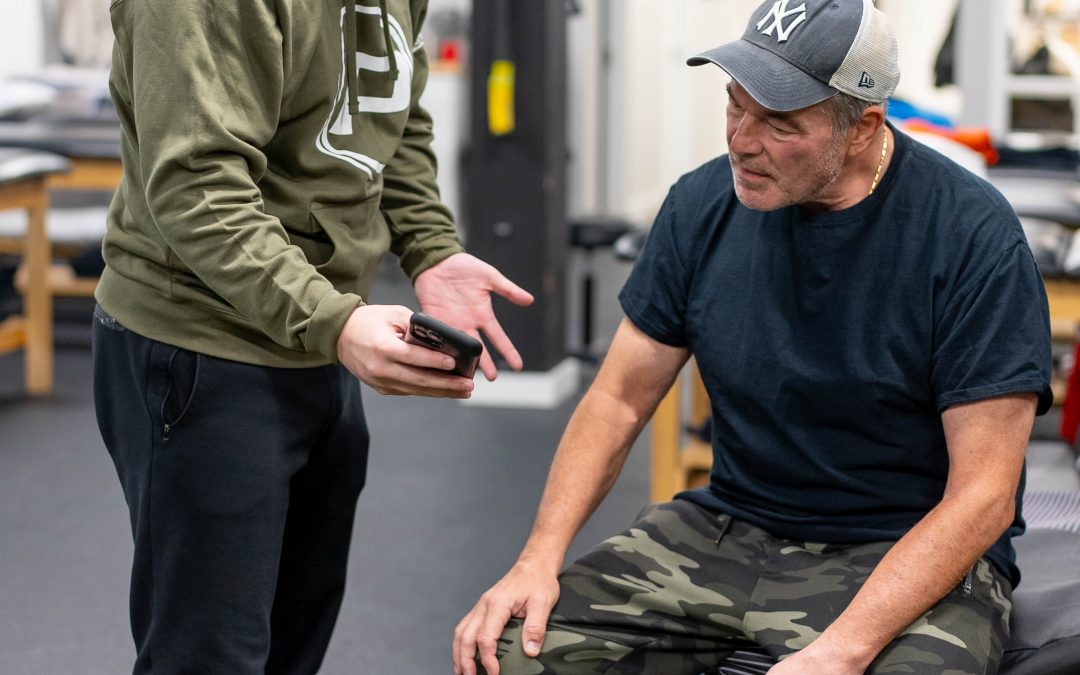Today people are told many things about their spinal discs. Here are a few common statements I hear from patients who either were told this or have a preconceived notion…
“Your disc slipped out of place”
(This language of being “slipped” is unfortunately very misleading. Instead, the disc is a fluid filled structure that at times may be under different stresses/pressures creating different angles that may cause the disc to bulge out of one end but it won’t slip out.)
“You know running or weight lifting adds a lot of stress and can be bad for your discs” (They’re not, in a gradual loading fashion they can be very beneficial)
“This doesn’t look good, you have the back of an 80 year old! Surgery is the only option” (Surgery is not the ONLY option, there are many other ways to assist with this issue)
“You have degenerative disc disease”
(This is a normal process that occurs with aging and should not be used lightly. Saying to someone who may not be educated on orthopedics or health in general that having a spinal disease can make people never want to move again. I have seen this happen time and time again. The spinal disc are the fluid filled cartilaginous structure between your vertebral column (spine) which over years and years take on natural changes, bony changes that are NORMAL)

- Staying active, running, walking can help keep your discs healthy and hydrated (Steele et al)
- Inactivity leads to thinner, drier discs: motion is lotion and the more we move, the more our spinal discs, as well as every joint in our whole body, gets lubricated with fluid that contains water, nutrients and minerals for growth and repair. We all heard the common phrase “If you don’t use it, you lose it”. If there is no stimulus for your discs to stay hydrated then your body gets adapted to that and starts to stop producing such fluid. The goal is to start gradually moving whether it’s a simple walk or a stretching 2-3x a day so you can have your body start producing the fluid again to deliver nutrients back where they belong (Teichtahl et al)
- Resistive training can cause positive adaptations on discs: Time and time again we see in the research how resistance training of as little as 2-3 times a week can lead to improvements in bone mineral density. Bone density is a key measurement to determine bone strength and risk of fractures, osteoporosis or osteopenia. Especially important for healthy aging (Teichtahl et al)
- Most Herniated discs recover without surgery. Think about the environment your body is in? High stress, pain, inflamed. How can we start to manage these things in order to get into a better ANTI-INFLAMMATORY state. Start with the low hanging fruits in life such as in 8 hours of sleep, nutrition, stretches and exercises (Zhong et al)
- Working on the surrounding areas like your thoracic spine (mid-back) and hips can take pressure off of your spinal discs. This is a term referenced as regional interdependence where another area of the body may be limiting and causing the low back to compensate and work double time! (Steele et al)
Keeping up with the demands of our profession requires the ability to learn and grow. Our goal here at ProMet Physical Therapy is to inspire our community and give them a glimpse about what we are working on internally.
As Clinicians our highest priority is delivering high quality care and by keeping up with research to our field we are able to bring that to you.
Antonio Colletti, DPT, CSCS
References:
Teichtahl AJ, Urquhart DM, Wang Y, Wluka AE, O’Sullivan R, Jones G, Cicuttini FM.
Physical inactivity is associated with narrower lumbar intervertebral discs, high fat content of paraspinal muscles and low back pain and disability. Arthritis Res Ther. 2015 May 7;17(1):114. doi: 10.1186/s13075-015-0629-y. PMID: 25947906; PMCID: PMC4422596.
Steele J, Bruce-Low S, Smith D, Osborne N, Thorkeldsen A. Can specific loading
through exercise impart healing or regeneration of the intervertebral disc? Spine J. 2015 Oct 1;15(10):2117-21. doi: 10.1016/j.spinee.2014.08.446. PMID: 26409630.
Zhong et al (2017) Pain Phys, 20, 1



